Category: Computers & Technology
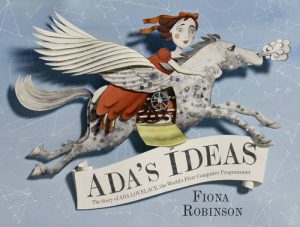
Ada’s Ideas: The Story of Ada Lovelace, the World’s First Computer Programmer
Ada Lovelace (1815–1852) was the daughter of Lord Byron, a poet, and Anna Isabella Milbanke, a mathematician. Her parents separated when she was young, and her mother insisted on
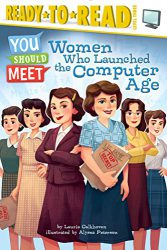
Women Who Launched the Computer Age (You Should Meet)
Meet the women who programmed the first all-electronic computer and built the technological language kids today can’t live without in this fascinating, nonfiction Level 3 Ready-to-Read, part of a
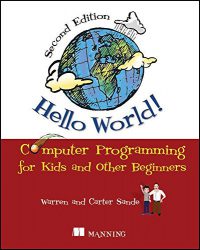
Hello World!: Computer Programming for Kids and Other Beginners
SUMMARY A gentle but thorough introduction to the world of computer programming, it is written in language a 12-year-old can follow, but anyone who wants to learn how to

Amplify: Digital Teaching and Learning in the K-6 Classroom
“Using technology doesn’t mean that we throw out those strategies that we’ve found to be successful with students,” write Katie Muhtaris and Kristin Ziemke. “It’s not the tools-it’s what

Ada Lovelace, Poet of Science: The First Computer Programmer
From nonfiction stars Diane Stanley and Jessie Hartland comes a beautifully illustrated biography of Ada Lovelace, who is known as the first computer programmer.Two hundred years ago, a daughter
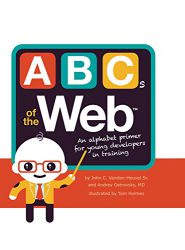
ABCs of the Web
The perfect introduction to basic coding and web concepts for children in the form of the alphabet!This book will teach you that learning coding concepts such as Anchor Tag, Browser,
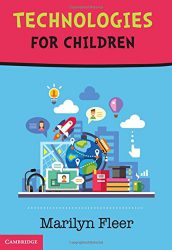
Technologies for Children
Technologies for Children presents a comprehensive array of contextual examples for teaching design and technology to children from birth to twelve years. Aligning with the Australian Curriculum – Technologies,
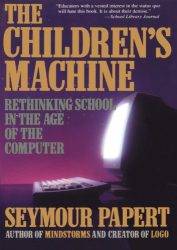
The Children’s Machine: Rethinking School In The Age Of The Computer
In his classsic book, Mindstorms: Children, Computers, and powerful Ideas, Seymour Papert set out a vision of how computers could change school. In The Children’s Machine he now looks
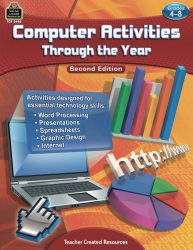
Computer Activities Through the Year
More than 50 activities help students develop skills in word processing, spreadsheets, multimedia presentations, graphic design, and using the Internet. Product Features The book is divided into five sections: